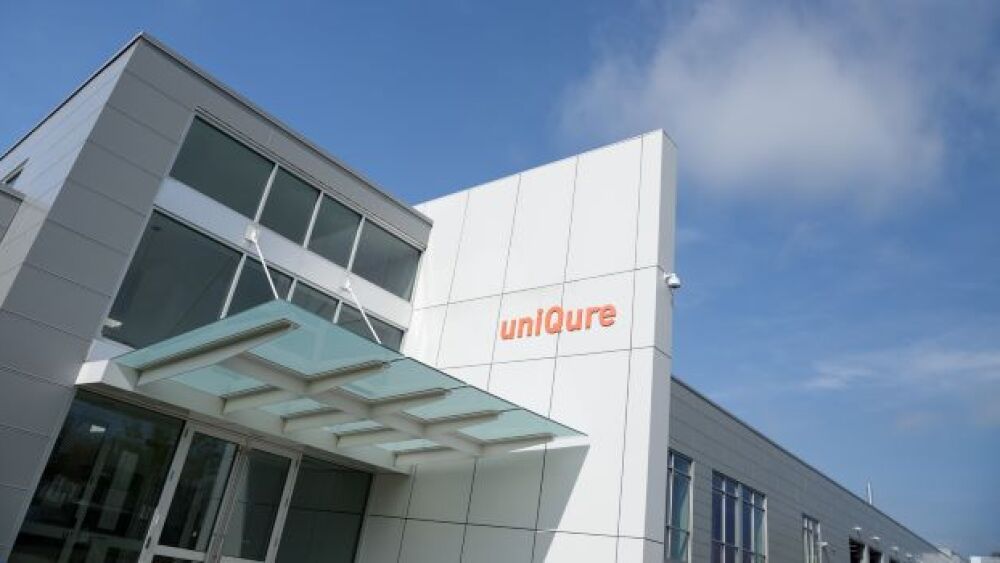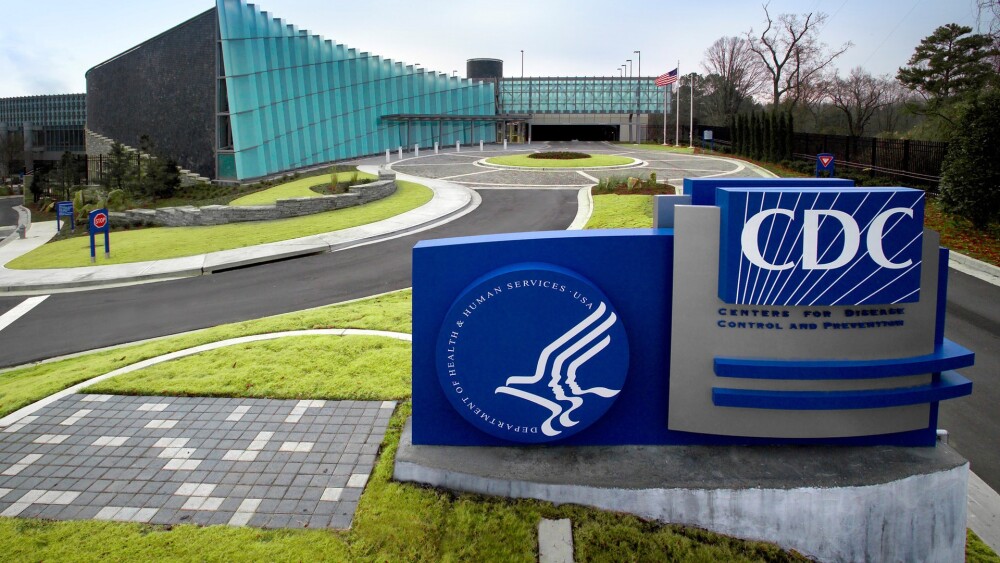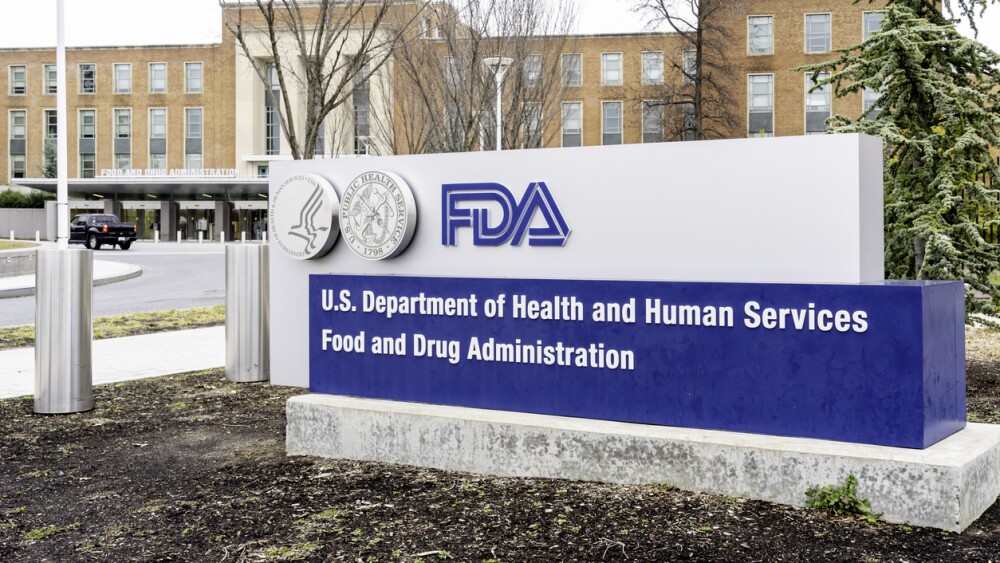Despite releasing positive data on its Phase III ENVISION trial, Alnylam stock dropped 7.5 percent. Although not completely clear why, the drop may be related to a high percentage of serious adverse events observed in the trial.
Despite releasing positive data on its Phase III ENVISION trial, Alnylam Pharmaceuticals stock dropped 7.5 percent. Although not completely clear why, the drop may be related to a high percentage of serious adverse events observed in the trial.
The ENVISION Phase III trial evaluated givosiran, an investigational RNAi therapeutic that targets aminolevulinic acid synthase 1 (ALAS1) for the treatment of acute hepatic porphyria (AHP). AHP is a family of rare, genetic diseases characterized by possibly life-threatening attacks and for some, chronic debilitating symptoms. AHP is made up of four subtypes, each caused by a genetic defect that leads to a deficiency in one of the enzymes in the heme biosynthesis pathway in the liver. They all cause the accumulation of neurotoxic heme intermediates aminolevulinic acid (ALA) and porphobilinogen (PBG). ALA is believed to be the primary neurotoxic intermediate responsible for the symptoms.
The trial met its primary endpoint, reduction in the annualized rate of composite porphyria attacks compared to placebo. It also hit statistically significant results for five of nine secondary endpoints. Alnylam called the drug’s safety and tolerability profile “encouraging, especially in this high unmet disease.”
Which is likely what got investors spooked. Adverse events (AEs) were reported in 89.6 percent of patients receiving givosiran and 80.4 percent of those receiving placebo. Serious AEs were reported in 20.8 percent in the givosiran cohort and 8.7 percent of the placebo patients. There were no deaths.
One patient in the givosiran arm discontinued treatment because of the AEs. That patient had an increase in alanine aminotransferase (ALT) levels greater than 8 times ULN, which was a stopping rule in the protocol. The company indicates “this elevation did not meet Hy’s Law and subsequently resolved.” Hy’s law is a guideline that a patient is at high risk of a fatal drug-induced liver injury if they are given a drug that causes liver injury with jaundice.
The most common AEs, those seen in greater than 10 percent of the givosiran cohort and also more frequently than those in the placebo cohort, were nausea, injection site reactions, chronic kidney disease and fatigue. On the other hand, AEs observed in greater than 10 percent of placebo patients and also seen more frequently than in the givosiran cohort included headache, urinary tract infection, vomiting and pyrexia.
Chronic kidney disease was reported in five patients in the givosiran cohort, but not seen in the placebo cohort. They were all observed in patients with renal dysfunction at the beginning of the trial and all continued dosing throughout the study.
Liver transaminase increased more than three times the upper limit of normal (ULN) in 14.6 percent of the givosiran cohort and only 2.2 percent of the placebo cohort. All showed signs of iron overload or liver disease at baseline.
Although those side effects are no doubt unpleasant and troublesome, the disease at its worst causes pain that patients say is “incompatible with life.”
“Patients living with AHP experience debilitating and sometimes life-threatening neurovisceral attacks as well as chronic disease manifestations which negatively impact their quality of life,” stated Akshay Vaishnaw, president, R&D at Alnylam. “We believe the ENVISION results demonstrate a robust therapeutic benefit of givosiran treatment on the debilitating aspects of this disease. Based on these results, we believe givosiran has the potential, if approved, to be a transformative medicine for AHP patients and their families.”
The company plans to complete its rolling submission of a New Drug Application (NDA) with the U.S. Food and Drug Administration and a Marketing Authorization Application (MAA) to the European Medicines Agency in mid-2019.
Alnylam was the first company to receive FDA approval for a gene -silencing drug, Onpattro (patisiran). The drug is approved to treat the polyneuropathy of hereditary transthyretin-mediated amyloidosis in adults.
In a note to investors, Paul Matteis, an analyst with Stifel, noted that all of the patients in the trial chose to continue taking the drug except one. “To be clear,” he wrote, “the safety data are not pristine. That said, probably the best evidence that the risk/benefit is positive here is the extremely high retention rate.”





